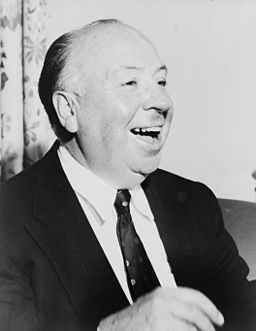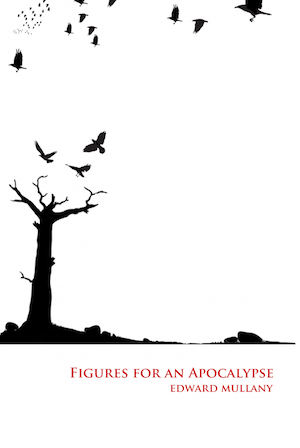Between Centuries: A Six-Month Perspective
The year is more than half over, which means those of us who attempted New Year’s resolutions have either mastered, given up, or heavily revised them. It also means my year of reading 100-year-old books is halfway finished.
It all started, in February, with a dead poet and a road trip. And while I had planned to traipse into various used bookshops around the country to find hidden gems, after that, it turns out there were some not-so-hidden gems right under my nose—classics like Jack London’s The Valley of the Moon, Edith Wharton’s Custom of the Country, D.H. Lawrence’s Sons and Lovers and a slice from L. Frank Baum’s Oz series, The Patchwork Girl from Oz.
Then there were delights like Blanche Ebbutt’s marriage manuals, the cookbook with a recipe for cooking calves’ feet, and a morality book for kids.
For the last six months, I have been living between two centuries.
During the day, I work on my MacBook Pro, lead virtual meetings with clients thousands of miles away, and fly in planes across the country—technologies that were not even dreams in the early 1900s. Meanwhile, in the books I read, characters go to moving pictures, take carriage rides, admire automobiles from a distance, and kill chickens by hand.
And while I kept up with 2013’s wailing gun control debates, its political unrest, its tornados and bombs that devastated communities here and abroad, I was also subtly learning about the early suffrage movement and racial discrimination; about labor movements and early union formation.
History has always seduced me. In the present I often find myself overwhelmed, feeling like I’m caught under some grand firework, explosive in its nearness and hard to sort out in all the boom and sparkle. I prefer the benefit of hindsight, of seeing the patterns in life and noticing connectedness or struggles that time and technology cannot change.
I like being able to sort things out.
But that’s just me. So outside of some crazy self-inflicted challenge, why should anyone else read books that may have gathered a bit of cultural dust? Especially when The Millions puts out great previews for the first and second halves of the year, Publisher’s Weekly has some, too and then there’s always The New York Times. When there’s no shortage of good contemporary books—or even timeless classics—why turn so deliberately to books that might seem a little dated?
It’s true that my life would probably not be vastly different had I not been cramming in all this vintage material these last few months. But then again, change isn’t always perceptible. I do know that I read Sheryl Sandberg’s Lean In a little differently having read Blanche Ebbutt’s marriage manuals. Likewise with Michael Pollan’s Cooked and the 1913 edition of The Institute Cookbook, Lauren Groff’s Arcadia and The Valley of the Moon, and Curtis Sittenfeld’s Prep and The Custom of the Country. The agelessness of certain life themes is more easily understood when seen over the landscape of years.
The past, in both good and bad ways, is constantly chiseling away at the present. If we don’t recognize this in some form then we’re left engaging life—and literature—with a limited point of view. So while you still have a few summer trips ahead of you (and no new resolutions to tackle), add an oldie to your book stack. You could find your own influential gem—like something hidden away in your great aunt’s attic that turns out to be worth quite a bit. But it’s hard to know until you open the attic door and climb those rickety stairs.


